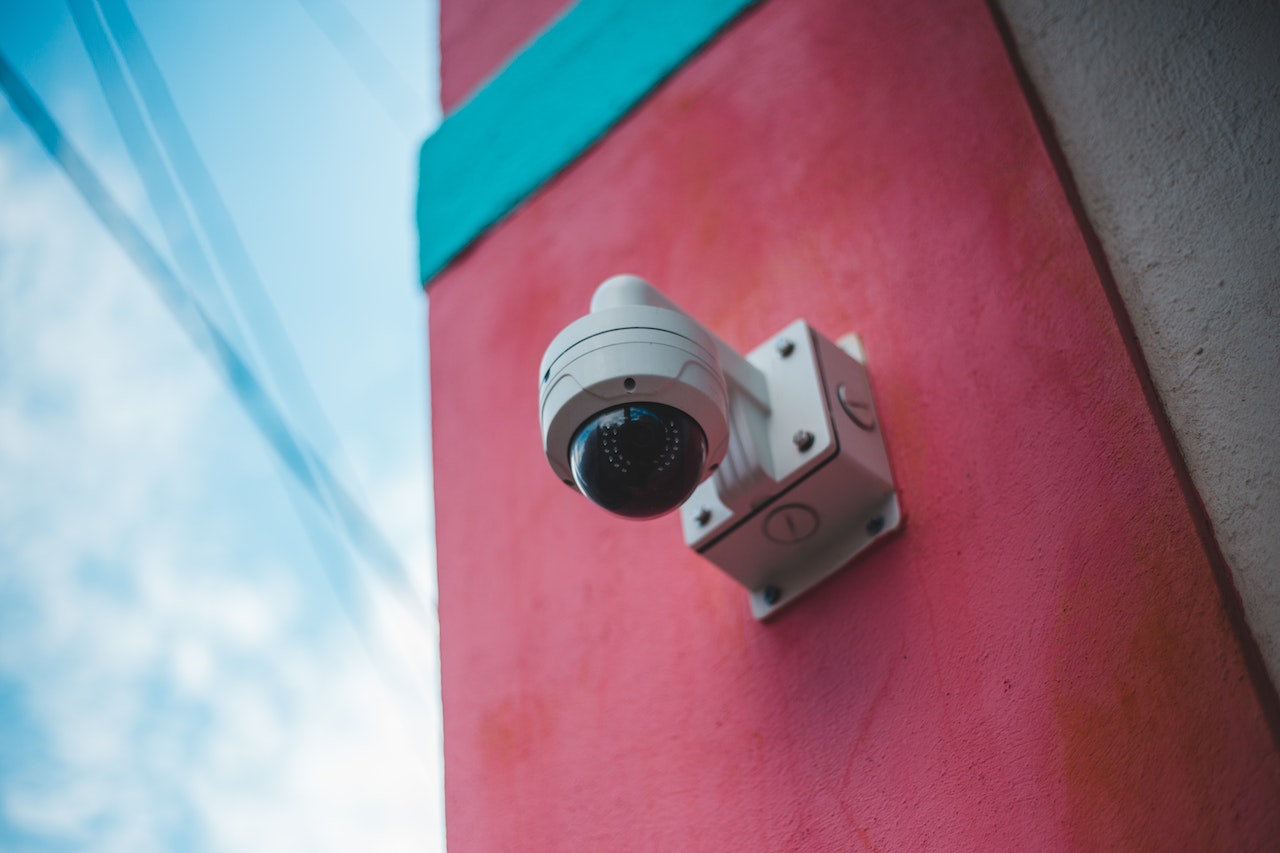The General Data Protection Regulation (GDPR), enacted by the European Union (EU), was a milestone in the global privacy law landscape. Aimed at strengthening individuals’ data protection rights, GDPR introduced several stringent measures for entities processing personal data, including the use of Closed-Circuit Television (CCTV) systems. This article explores the essential points surrounding GDPR’s relationship with CCTV, emphasizing the necessity of face and license plate blurring for maintaining compliance and protecting individual privacy.
Understanding GDPR and CCTV
GDPR legislation mandates explicit consent for processing personal data. As a result, businesses and entities using CCTV systems, which inherently capture personal data, must ensure GDPR compliance. These systems, which can inadvertently infringe on personal privacy, should be installed and operated thoughtfully, considering principles such as data minimization, privacy by design, and legitimate purpose.
Blurring Faces in CCTV Footage
The GDPR’s implementation of the ‘data minimization’ principle implies collecting only the necessary personal data for a legitimate purpose. In the context of CCTV systems, this means blurring faces in CCTV footage when identification is not a requirement. This reduces the amount of personal data collected, thereby adhering to the principle of data minimization.
Moreover, face blurring safeguards individuals’ privacy, ensuring that they can move freely in public spaces without being tracked or identified from CCTV footage. It is a practical implementation of the ‘privacy by design’ principle, where privacy is not an afterthought but an integral part of system design.
Why Blurring License Plates is Crucial in CCTV
Vehicle license plates serve as unique identifiers for vehicle owners, much like social security numbers for individuals. Without appropriate protective measures, unauthorized access to this data can lead to misuse, identity theft, stalking, or other privacy breaches.
The blurring of license plates in CCTV footage limits data collection and, by extension, potential data breaches. It also prevents unwarranted surveillance, upholding the privacy rights of individuals and meeting GDPR’s requirements.
Integrating License Plate Blurrer
With GDPR at its core, protecting privacy rights and personal data has become a critical focus for businesses worldwide. Entities using CCTV must comprehend the legal obligations of GDPR compliance fully. Non-compliance can lead to severe financial penalties, up to 4% of the organization’s global annual turnover or €20 million, whichever is higher.
This liability underscores the necessity of blurring faces and license plates in CCTV footage. It isn’t just a compliance factor, but a step towards upholding privacy rights in a world increasingly surveilled by digital eyes.
Understanding The Right to Privacy
The right to privacy is a fundamental human right, recognized by the UN’s Universal Declaration of Human Rights. GDPR, at its core, is an embodiment of this right, reinforcing the need for measures like face and license plate blurring. In the context of CCTV usage, individuals should not have to sacrifice their privacy when in public spaces.
When CCTV systems blur identifiable features like faces and license plates, they reinforce the right to privacy. They ensure that surveillance serves its purpose of maintaining security without overstepping personal boundaries.
Technical Aspects of Blurring Technology
Modern face and license plate blurring technologies are often powered by Artificial Intelligence (AI). They leverage machine learning algorithms to detect and blur identifiable information automatically. Such algorithms are trained on large datasets to recognize patterns related to faces and license plates.
AI-based blurring technology not only optimizes the blurring process but also reduces the risk of overlooking any personal data, thereby enhancing GDPR compliance. These technologies have thus become an essential tool for organizations aiming to balance surveillance needs with privacy laws.
BlurIt : the best tool to comply between security and privacy
With the complexities of GDPR and the crucial role of CCTV systems in today’s world, achieving a balance between security and privacy can seem challenging. However, tools like face and license plate blurring make it possible to respect individual privacy while still harnessing the benefits of surveillance technology. In the evolving landscape of data protection, such tools are not just an option; they are a necessity.
Blurit is an unparalleled tool for CCTV blurring, providing an optimal balance between surveillance and privacy. Its advanced AI effectively blurs individuals in footage, ensuring compliance with privacy laws. With a user-friendly interface and real-time processing capabilities, BlurIt stands as the best choice for privacy-conscious security systems.
